- Pine Cliff Resort
- Campgrounds & RV Parks
- Wyoming
- Teton County
- Campgrounds & RV Parks in Yellowstone National Park
- Snake River
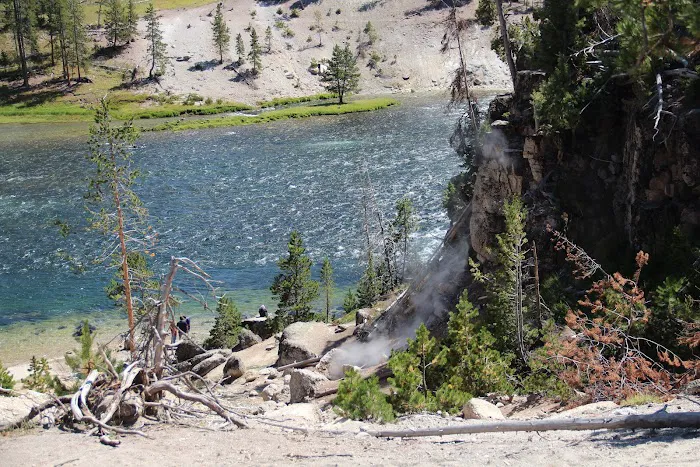

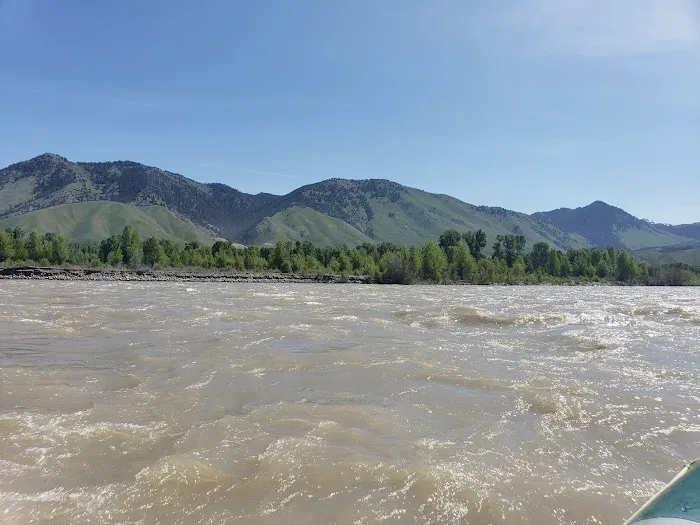
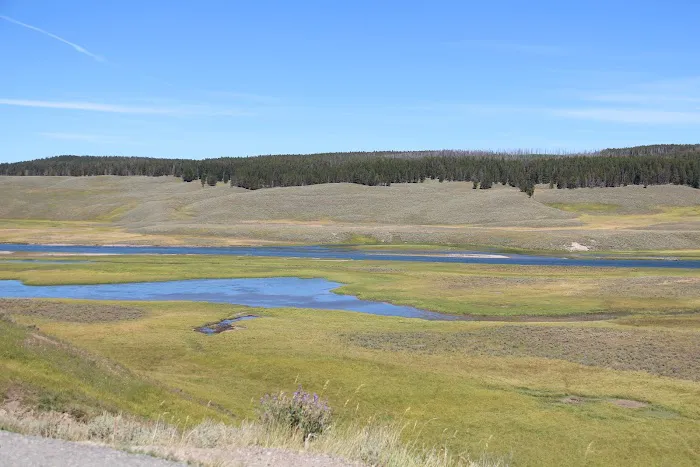
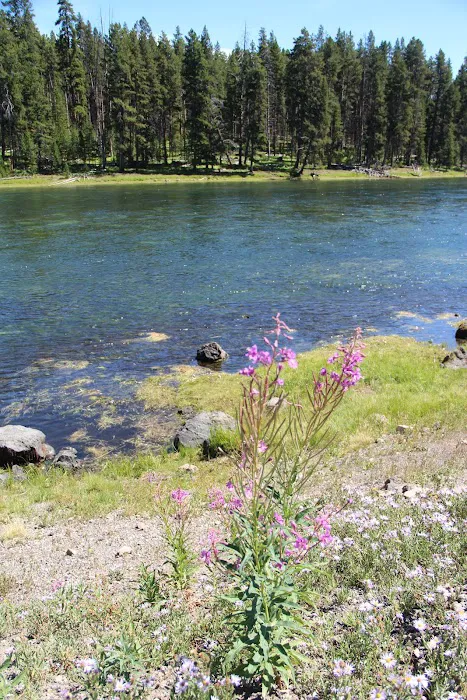
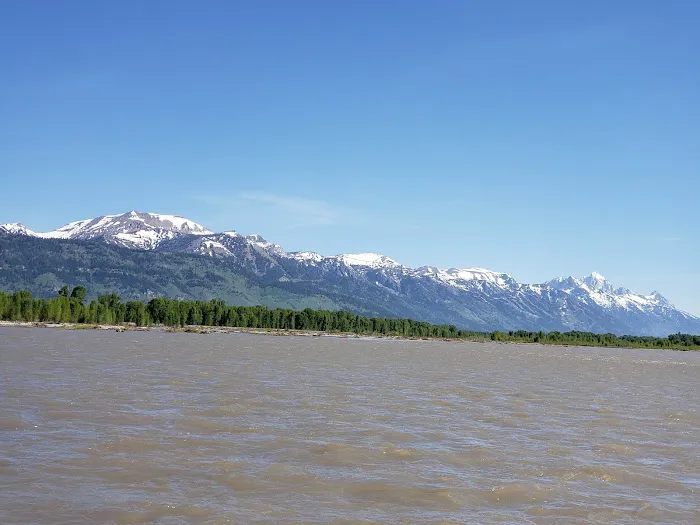
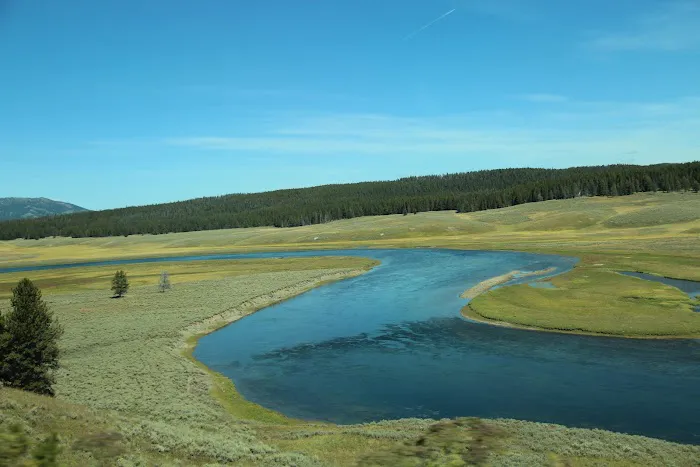
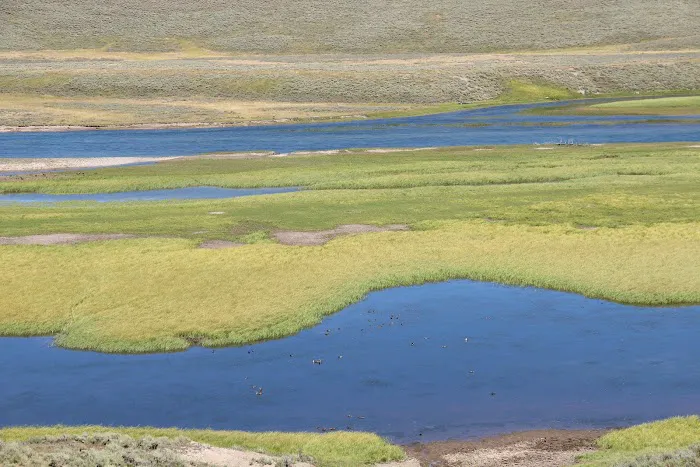
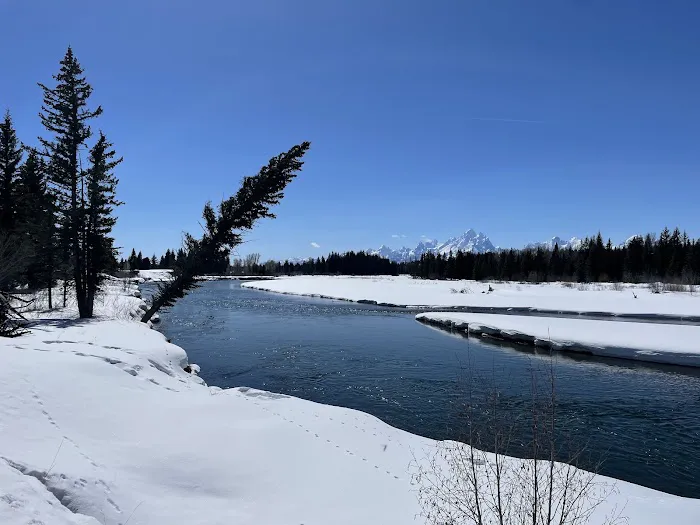
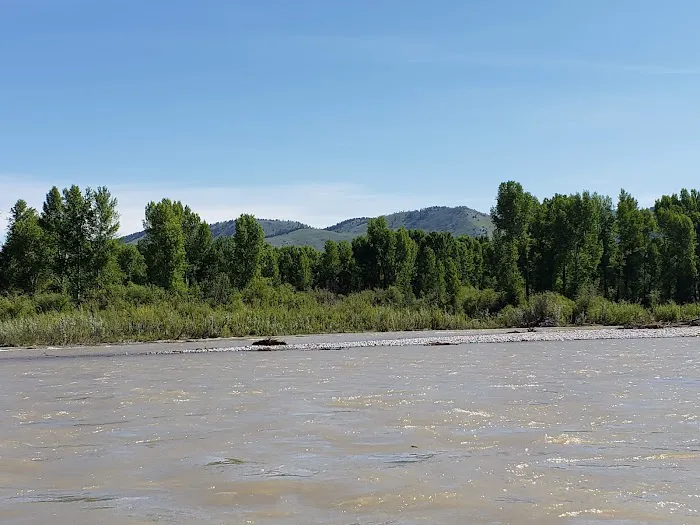
Snake River Introduce
The "Snake River" is not a singular campground, but rather a prominent geographical feature that winds its way through several U.S. states, including Wyoming, Idaho, Oregon, Washington, and even has a distinct segment in Minnesota. Consequently, "Snake River camping" encompasses a wide variety of campgrounds and RV parks, each offering a unique experience shaped by the specific section of the river and the surrounding landscape. Within the Campgrounds & RV Parks category, these sites range from rustic, primitive spots managed by state or federal agencies to full-service, privately owned RV resorts. This introduction will provide a generalized overview, drawing on examples from various locations along the Snake River, covering the environment, services, features, and promotional information one might encounter.
The Snake River carves its path through an astonishingly diverse range of environments, offering campers everything from high mountain serenity to deep canyon drama. The environment surrounding a "Snake River" campground heavily depends on its location along this expansive waterway.
In Wyoming, particularly near Jackson Hole, the Snake River flows through scenic valleys flanked by the majestic Teton Range. Campgrounds here, like Snake River Park KOA, are set amidst towering peaks, lush forests of pine and spruce, and broad meadows. The environment is one of pristine alpine beauty, with cool, clear waters and abundant wildlife, including elk, moose, and various bird species. This segment offers a quintessential mountain outdoor experience.
As the river moves into Idaho, particularly around Idaho Falls, the environment shifts to a more high-desert and agricultural landscape. Campgrounds like Snake River RV Park and Campground in Idaho Falls are situated closer to urban amenities, often featuring a mix of open and partially shaded sites. The river itself here might be wider and calmer, bordered by greenbelts or more developed areas, while still offering scenic views and access to fishing. Further into Idaho, especially towards the Hells Canyon National Recreation Area (which borders Oregon and Washington), the environment transforms dramatically into one of the deepest river gorges in North America. Here, the landscape is rugged and grand, characterized by steep canyon walls, sagebrush, and sparse trees, with intense summer heat. Camping in Hells Canyon provides a remote, wild experience, often accessible by boat or requiring significant off-road travel.
In Minnesota, there's a distinct Snake River, and campgrounds like the Aitkin County Snake River Campground and the Snake River Campground in Chengwatana State Forest are situated in a northern forest environment. Here, the landscape is defined by mixed pine forests, wetlands, and a more intimate river setting, typical of the Upper Midwest. This environment offers a different kind of tranquility, often associated with canoeing and ATV trails through wooded areas.
Regardless of the specific location, the presence of the Snake River itself is a constant environmental feature, providing opportunities for water-based recreation and contributing to the overall sense of tranquility or adventure. The diverse ecosystems along its length ensure that there is a "Snake River" camping environment to suit almost any preference.
The array of services offered at "Snake River" campgrounds within the Campgrounds & RV Parks category is as varied as its geography, ranging from basic amenities for primitive camping to extensive services found at commercial RV parks.
At the more primitive end, such as the Aitkin County Snake River Campground in Minnesota or many dispersed camping spots along the river in National Forests, services are minimal. These typically include pit toilets or vault toilets, picnic tables, and fire rings, with drinking water possibly available from a hand pump. The Aitkin County campground, for instance, has 12 campsites, pit toilets, drinking water, and a canoe landing but no electricity. The Snake River Campground in Chengwatana State Forest offers 26 primitive campsites with cleared areas, fire rings, tables, vault toilets, garbage cans, and drinking water. These sites are often "dry camping" with no electrical or water hookups, catering to tent campers and self-contained RVs.
Mid-range options, common in state parks or some Forest Service campgrounds along the Snake River, might offer vault or flush toilets, potable water spigots, and perhaps some sites with electric hookups. Wawawai County Park in Washington, for instance, provides restrooms year-round but no water or electrical hookups at campsites, though water is available in select campground locations seasonally. Each site typically has a picnic table and grill.
At the full-service end, establishments like Snake River RV Park & Campground in Idaho Falls or Snake River Park KOA in Jackson Hole, Wyoming, offer comprehensive amenities. These parks often feature full hook-ups (30-amp and 50-amp electricity, water, sewer), pull-through sites suitable for large RVs, and designated tent areas. They typically provide modern restroom facilities with hot showers, laundry facilities, and sometimes even amenities like Wi-Fi, swimming pools, dog parks, and on-site convenience stores selling groceries, ice, and propane. Boyer Park & Marina / Snake River KOA in Washington even boasts eight boat docks with dump stations and fuel for boats, alongside an on-site restaurant and camp store.
Many campgrounds near the Snake River also offer boat launches, allowing direct access to the river for various water activities. The BLM's Menan Boat Access on the South Fork of the Snake River, for example, features a narrow concrete boat ramp with vault toilets and seasonal trash services. Some locations may also provide unique services like fresh eggs for sale from on-site farms (as seen at a private Snake River Campground in Huntington, Oregon) or offer quick RV response and repair services in nearby towns, showcasing the broader network of support for campers in the region.
The defining features of camping along the Snake River are its abundant recreational opportunities, largely centered around the river itself, and the access it provides to iconic natural and historical landmarks.
Whitewater rafting and scenic floating are premier features, especially in sections like the Snake River Canyon near Jackson Hole, Wyoming, or through Hells Canyon in Idaho/Oregon/Washington. These sections offer thrilling rapids or tranquil floats, providing an unforgettable perspective of the river's power and beauty. Many campgrounds are near outfitters offering guided trips, such as Teton Whitewater in Jackson Hole, which offers classic whitewater, small boat slams, and scenic floats.
Fishing is another major draw. The Snake River is renowned for its diverse fish populations, including Cutthroat Trout, Smallmouth Bass, Brown Trout, and Rainbow Trout. Campgrounds often provide easy access to prime fishing spots, and some locations like the Snake River RV Park in Idaho Falls are specifically highlighted for great trout fishing along the adjacent Greenbelt. Anglers must possess a valid fishing license from the state they are fishing in, and specific regulations apply, particularly for species like trout and steelhead, which can vary depending on the exact stretch of the river, especially where it forms state boundaries.
Boating is widely available, with numerous boat ramps along the river, catering to both motorized and non-motorized vessels. Some campgrounds have their own boat launches, like the one at Boyer Park & Marina. Canoe landings are a feature at more primitive sites like the Aitkin County Snake River Campground, perfect for river paddling.
Hiking and biking trails are common features, allowing campers to explore the riverside environment. The Greenbelt in Idaho Falls offers miles of walking and biking paths along the Snake River, while locations in national forests or near canyons provide more rugged hiking experiences, such as the 45.5-mile Snake River National Recreation Trail in Hells Canyon, which is popular for hiking, horseback riding, and viewing whitewater rapids. Wildlife viewing is exceptional, with opportunities to see elk, moose, deer, river otters, beavers, coyotes, various birds (including osprey and eagles), and potentially mountain goats in more mountainous regions. Many campsites are strategically located to maximize these wildlife encounters.
Beyond recreation, the historical significance of the Snake River is a key feature. It was a vital route for Native American tribes and later for pioneers. Campgrounds in areas like Huntington, Oregon, may offer insights into the Nez Perce tribe's history, with possibilities of finding arrowheads along the shoreline. Proximity to attractions like Hells Canyon (deeper than the Grand Canyon), the Oregon Trail, or nearby national parks like Grand Teton and Yellowstone further enhances the experience, offering additional exploration opportunities.
Some private campgrounds also feature unique amenities like farm animals for interaction (as at a private campground in Huntington, Oregon), playgrounds for children, or communal pavilions for gatherings, adding to the family-friendly appeal.
Promotional information for Snake River camping varies significantly based on whether the campground is privately owned or managed by a public entity (e.g., state park, national forest). However, common themes include pricing structures, reservation policies, and special offers.
Private RV parks along the Snake River, such as Snake River RV Park & Campground in Idaho Falls or Snake River Park KOA, often feature tiered pricing for nightly, weekly, and monthly stays, with discounts for Good Sam Club members or other affiliations. Snake River RV Park & Campground in Idaho Falls, for example, offers Good Sam Club discounts. They frequently run promotions like seasonal discounts, special rates for extended stays, or holiday weekend packages. Online reservation systems are common, allowing campers to book well in advance, and some may have loyalty programs or email newsletters for exclusive deals. It's always advisable to check their direct websites or call for the most current rates and promotions.
Public campgrounds, managed by state or federal agencies, typically have more standardized, often lower, fees. For instance, the Aitkin County Snake River Campground charges $20.00 per night per site. Reservations for these sites are usually made through government platforms like Recreation.gov or state park systems, with booking windows often opening months in advance, especially for popular sites. While they might not offer "promotions" in the commercial sense, federal passes (like the America the Beautiful Pass) can offer discounts at certain federal campgrounds or waiver entrance fees to recreation areas that might include camping. State parks also often have their own pass systems.
Important promotional information also includes seasonal operating dates, which can vary widely depending on elevation and weather conditions, especially for campgrounds in mountainous or northern regions. For example, the Snake River Campground in Chengwatana State Forest opens the weekend of May 1 and closes at the end of deer hunting season. Fire restrictions are common, particularly in dry seasons, with warnings about no open fires. Campers are often advised to check current conditions and regulations before departure. Some areas, like certain sections of the Snake River in Wyoming, may require special recreation permits for groups or certain activities, often with associated fees, which are publicized by the managing agencies like the Bridger-Teton National Forest. These permits can be purchased online or at designated ranger stations.
Overall, regardless of the type of campground, the "Snake River" offers a rich tapestry of camping experiences, promoted through clear information about access, available services, and the incredible recreational opportunities its diverse environments provide.
Details
Parking
- On-site parking
Location
WyomingTeton CountyYellowstone National Park
Customer Reviews
Such a fun time backpacking here. Highly recommended
Great river for rafting adventures.
More Places to Explore Nearby
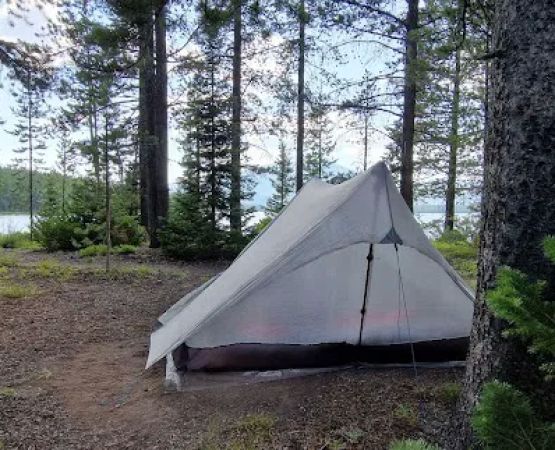
East Shore 8J6
Yellowstone National Park, WY 82190, USA
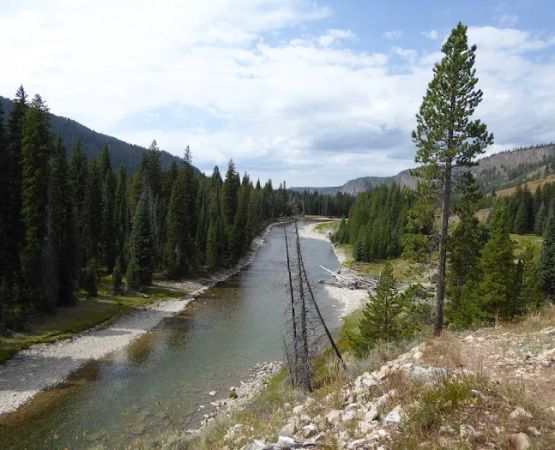
Snake River Ford
Yellowstone National Park, WY 82190, USA
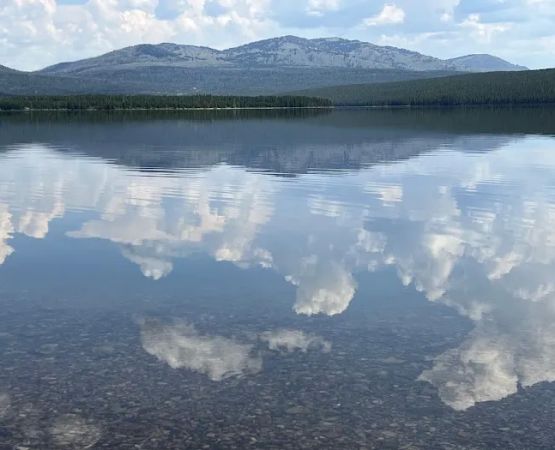
Sheridan Creek (8H2)
Yellowstone National Park, WY 82190, USA
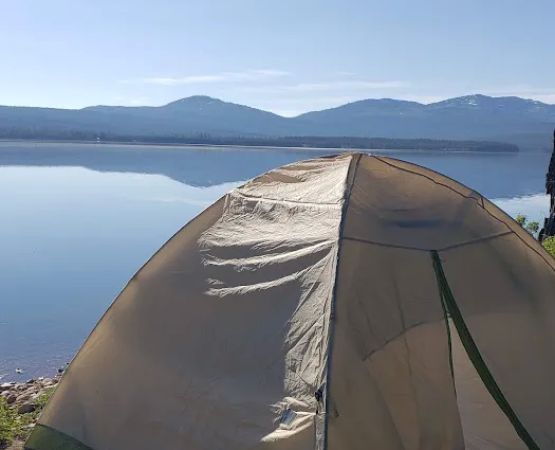
Hideaway 8H3
Yellowstone National Park, WY 82190, USA
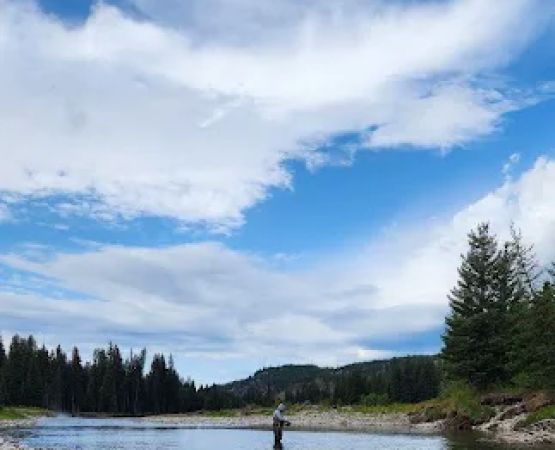
Snake River 8C1
Yellowstone National Park, WY 82190, USA
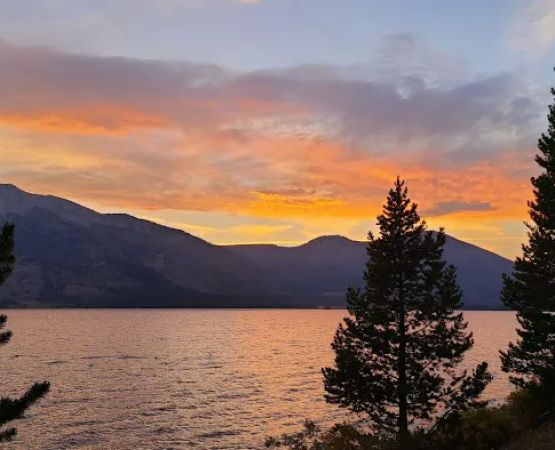
Beaver Creek 8J1
Yellowstone National Park, WY 82190, USA
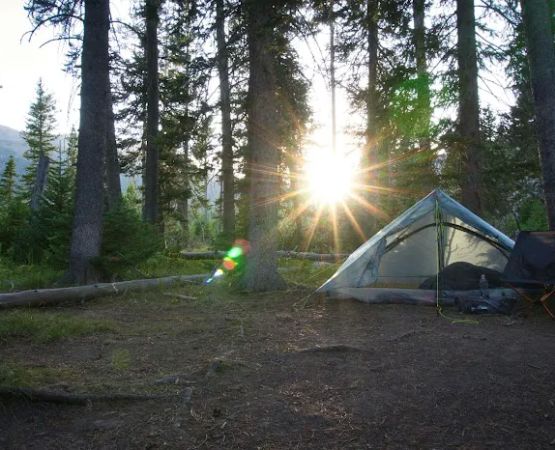
Rustic 8H6
Yellowstone National Park, WY 82190, USA
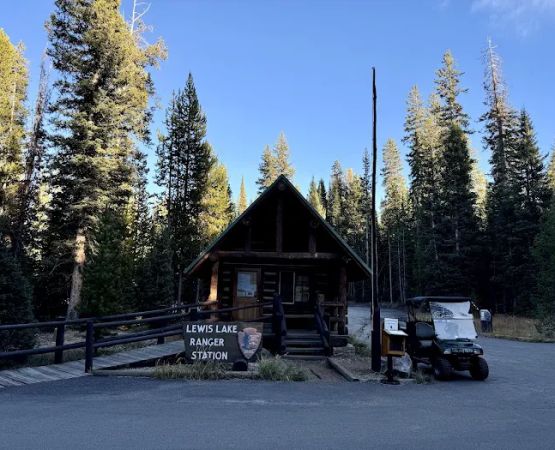
Lewis Lake Campground With Boat Launch
S Entrance Rd, Yellowstone National Park, WY 82190, USA
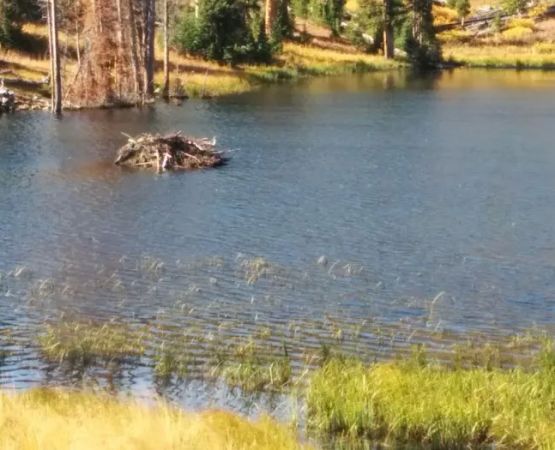
Monument Camp
Yellowstone National Park, WY 82190, USA
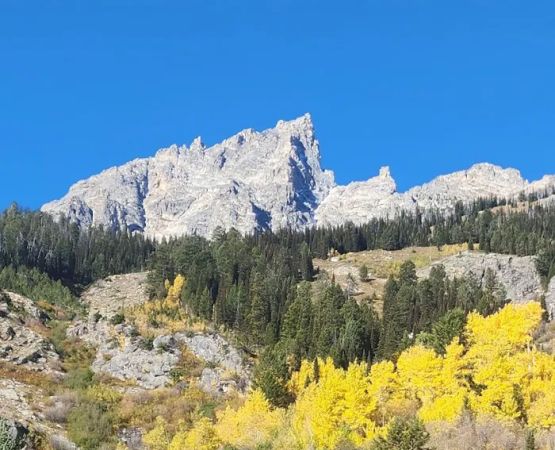
Flagg Ranch Campground Office & Laundry Facility
Moran, WY 83013, USA
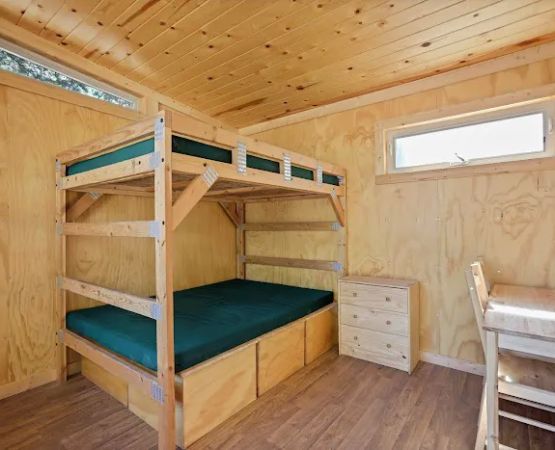
Headwaters Campground & RV Park
100 Grassy Lake Rd, Moran, WY 83013, USA
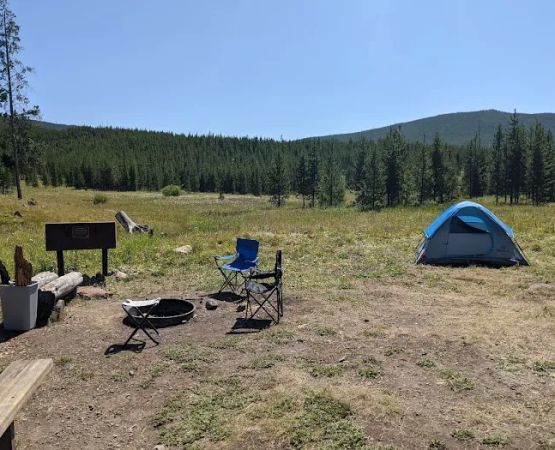
Sheffield Campground
Bridger Teton National Forest, Forest Rd 30504, Moran, WY 83013, USA
Categories
Popular Campgrounds & RV Parks
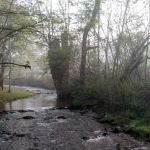 cooper creek campground4.0 (20 reviews)
cooper creek campground4.0 (20 reviews)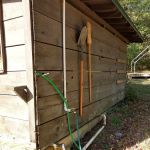 Red Oak Camp Site3.0 (1 reviews)
Red Oak Camp Site3.0 (1 reviews)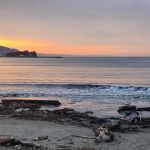 Lighthouse Cove RV Park4.0 (443 reviews)
Lighthouse Cove RV Park4.0 (443 reviews)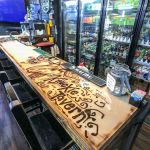 Elk City / Clinton KOA Journey4.0 (601 reviews)
Elk City / Clinton KOA Journey4.0 (601 reviews)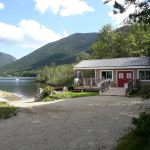 Cannon Mountain RV Park4.0 (92 reviews)
Cannon Mountain RV Park4.0 (92 reviews)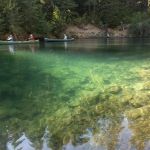 Lakes End Campground4.0 (3 reviews)
Lakes End Campground4.0 (3 reviews)Must-Read Camping & Outdoor Blog Posts
Most Searched Japanese Restaurant Sites
Trending Camping & Outdoor Blog Posts
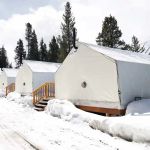 Winter Glamping Retreats in the U.S. You Didn’t Know About
Winter Glamping Retreats in the U.S. You Didn’t Know About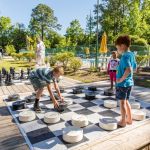 Best Family-Friendly Campgrounds with Playgrounds and Kids’ Activities
Best Family-Friendly Campgrounds with Playgrounds and Kids’ Activities Top Family-Friendly Resorts Near Outdoor Adventure Destinations
Top Family-Friendly Resorts Near Outdoor Adventure Destinations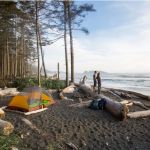 Top-Rated Campgrounds for Exploring National Forests
Top-Rated Campgrounds for Exploring National Forests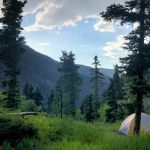 Top-Rated Camping Spots Near Scenic Trails: Explore the Best Outdoor Getaways
Top-Rated Camping Spots Near Scenic Trails: Explore the Best Outdoor Getaways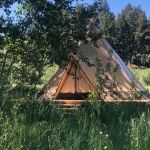 Affordable Luxury Camping Experiences at Top Resorts
Affordable Luxury Camping Experiences at Top Resorts 